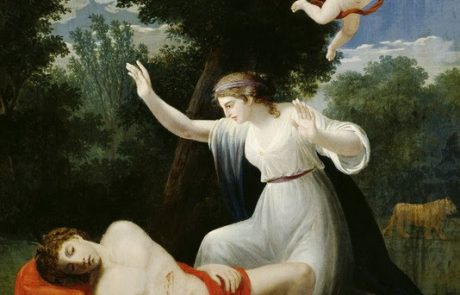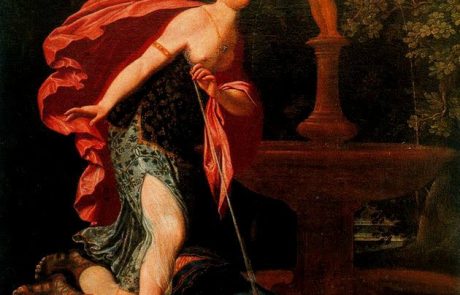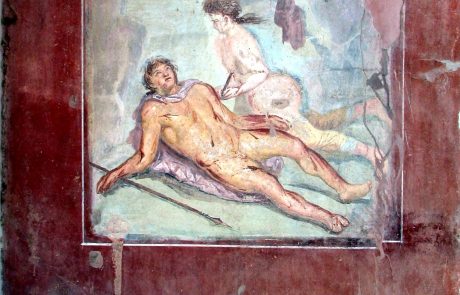Project Description
Pyramus and Thisbe
Pyramus and Thisbe lived in Babylonia. Their rival parents occupied adjoining houses; the neighbourhood brought the young people together and acquaintance turned into love. Unable to be wed, they conversed by signs and glances and the fire of their love burned more intensely for being forbidden. In the wall that parted the two houses there was a crack, which young lovers discovered. Sweet conversations through the crack in the wall began to grow desperate. They longed for the opportunity to exchange kisses and one morning they were no longer able to suppress their desires. They decided upon a place to meet. It was to be near a tomb in the public gardens called the tomb of Ninus; the one who came first should await the other at the foot of a white mulberry tree that stood near a cool spring. Thisbe reached the meeting point first, but suddenly a lion appeared with jaws bloody from a fresh kill. Thisbe ran away leaving the lion to rip her tossed veil and rend it with its bloody mouth. Delayed, Pyramus arrived and saw the lion’s footsteps and a torn, bloody veil – he believed his love was killed by the lion. In despair, Pyramus stabbed himself with his own sword. Soon Thisbe found his lifeless body and his hands still gripping her veil. She wailed and lamented louder than any other young woman before and took his sword into her own hands. With a last cry she plunged the weapon into her breast and fell dead beside him. The two bodies were buried in one sepulchre, and the gods, stricken by this useless tragedy, turned it into a tall tree as the symbol of their love. Every year, when the mulberry fruit is ripe, it turns a deep red to commemorate their love.




